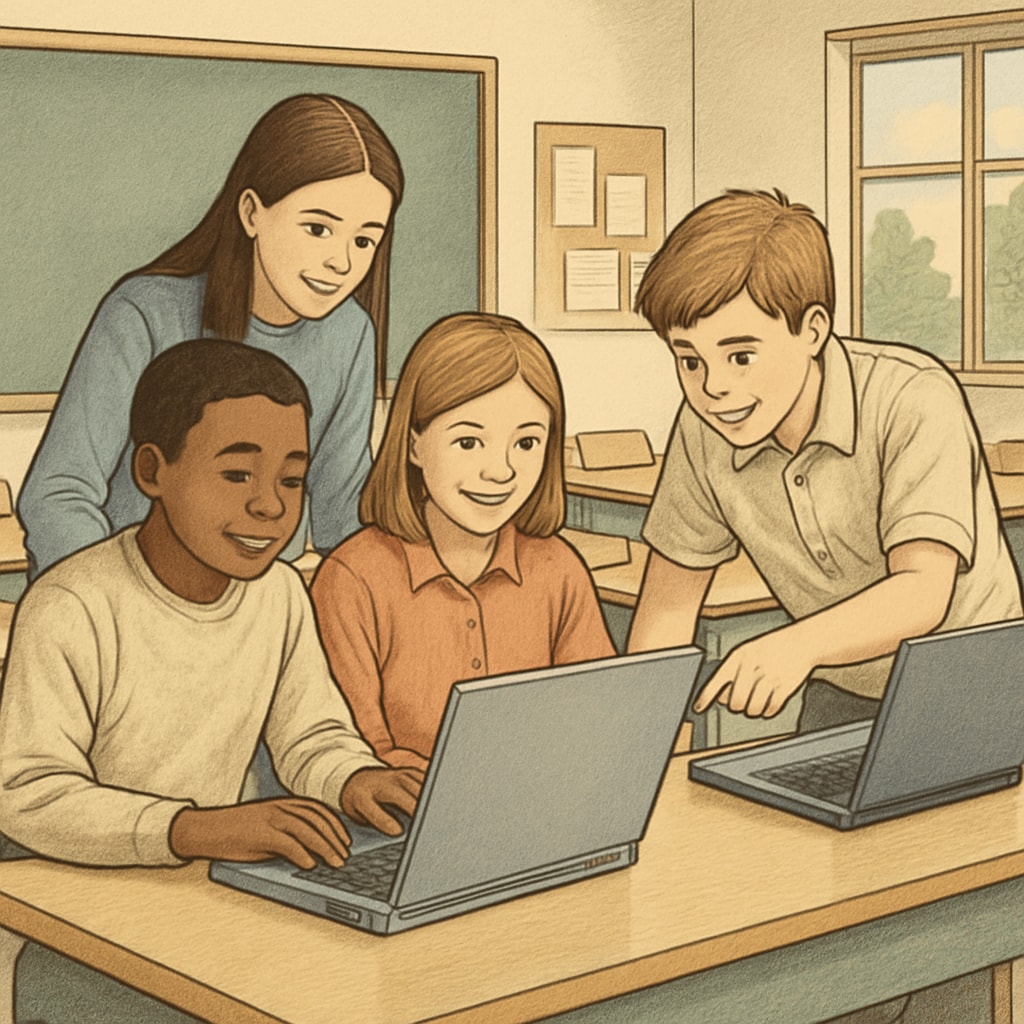Every day, countless teachers around the world dig into their own pockets to purchase essential teaching supplies, from pencils and paper to textbooks and art materials. This quiet sacrifice highlights the urgent need for classroom donations, which play a pivotal role in supporting teachers, providing educational materials, and ensuring students have the resources they need to succeed. By contributing to classroom donations, you’re not just easing the financial burden on educators—you’re investing in the future of education itself.
The Growing Need for Classroom Support
In many schools, especially those in underserved communities, budgets often fall short of covering the basic necessities for a functional classroom. According to a report by Education Week, nearly 94% of teachers spend their own money on classroom supplies, with an average annual expenditure exceeding $450. This reliance on personal funds often limits the resources available to students, creating disparities in learning opportunities.
Classroom donations directly address this issue. By providing essential teaching materials, they create equitable learning conditions and empower educators to focus on teaching rather than worrying about financial constraints. Imagine a classroom where every student has access to books, computers, and art supplies—such an environment fosters creativity, engagement, and academic achievement.

How Donations Can Transform Education
Donating to classrooms is more than just providing supplies. It’s about creating opportunities and building a foundation for lifelong learning. Here are some key ways classroom donations make a difference:
- Enhanced Learning Environments: Classrooms equipped with adequate supplies allow students to actively participate in lessons, leading to better engagement and understanding.
- Reduced Teacher Stress: When teachers don’t have to worry about funding resources, they can focus on delivering high-quality education.
- Equity in Education: Donations help bridge the gap between well-funded and underfunded schools, ensuring all children receive equal opportunities.
- Encouragement of Creativity: Access to diverse materials, such as science kits or art supplies, inspires innovation and creativity among students.
For example, a simple donation of notebooks and pencils can empower a struggling student to stay organized and complete assignments on time. Similarly, providing access to digital tools can help students develop skills critical for the modern workforce. These seemingly small contributions have a ripple effect, benefiting not only individual students but entire communities.

How You Can Contribute to Classroom Donations
Supporting classroom donations doesn’t require a significant financial commitment. Here are some practical ways you can contribute:
- Donate Supplies: Items like notebooks, pens, whiteboard markers, and calculators are always in demand.
- Financial Contributions: Many organizations accept monetary donations to purchase supplies for schools in need.
- Volunteer Your Time: Help organize donation drives or assist in distributing materials to local schools.
- Partner with Organizations: Nonprofits such as DonorsChoose connect donors directly with teachers and classrooms.
Even small gestures, like donating a set of books or sponsoring a classroom project, can make a profound difference. The key is to act, no matter how small the contribution may seem.
The Long-Term Impact of Community Support
When communities come together to support their schools, the benefits extend far beyond the classroom. Students who receive a quality education are more likely to pursue higher education, secure stable jobs, and contribute positively to society. Additionally, teachers who feel supported are more likely to stay in the profession, reducing turnover rates and ensuring continuity in education.
By fostering a culture of giving, we can create a sustainable model for educational success. Whether through individual contributions or collective efforts, classroom donations are a simple yet powerful way to secure a brighter future for generations to come.
In conclusion, the importance of classroom donations cannot be overstated. They alleviate the financial burden on teachers, provide essential resources to students, and create equitable opportunities for all. As a society, we have a responsibility to invest in education—because when we support our classrooms, we support our future.


